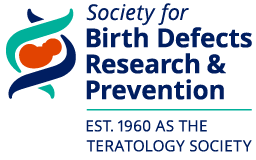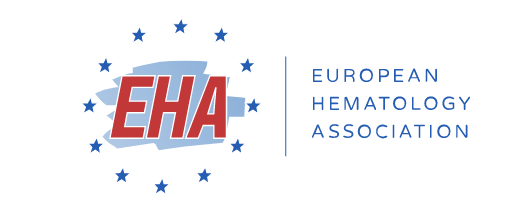Concerns about potential health risks associated with low-level exposures to PFAS, along with their widespread uses and reported detections in various environmental media and products, are triggering regulation, litigation, and an urgent need to apply the best available science in evaluating the exposure, toxicology, and epidemiology to characterize potential human health risks. ToxStrategies and EpidStrategies have scientific expertise and advanced technical resources to assist clients in navigating the scientific environment and growing regulatory labyrinth associated with PFAS.
ToxStrategies’ and EpidStrategies’ capabilities include (but are not limited to) protocol development for PFAS extraction and migration from products, articles, and containers; assessment of fate and transport of PFAS; exposure and risk assessment of PFAS in environmental media; exposure and safety assessment of PFAS contained in wide variety of products, including foods, packaging, personal care products, cosmetics, health and beauty care products, and commercial/industrial products; in-depth PFAS toxicology knowledge; development of PFAS toxicity criteria and toxicokinetic modeling; critical assessment and systematic reviews of PFAS epidemiological studies and evidence to understand impact on health outcomes; and critical evaluation and systematic reviews of PFAS literature.





